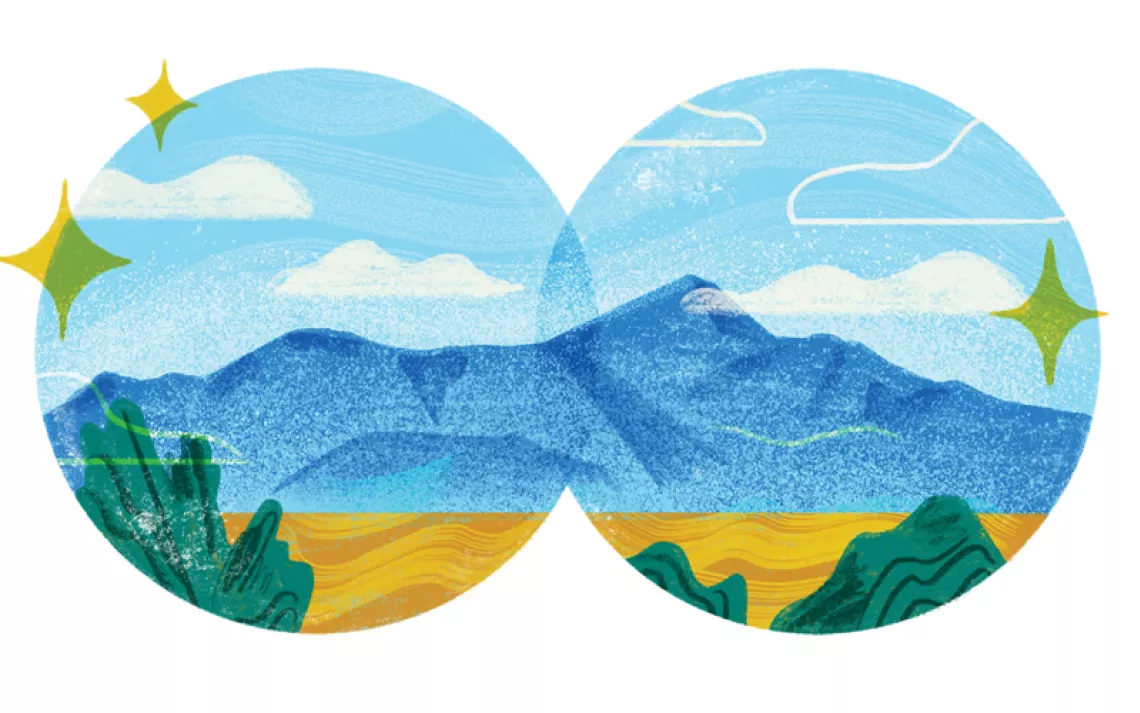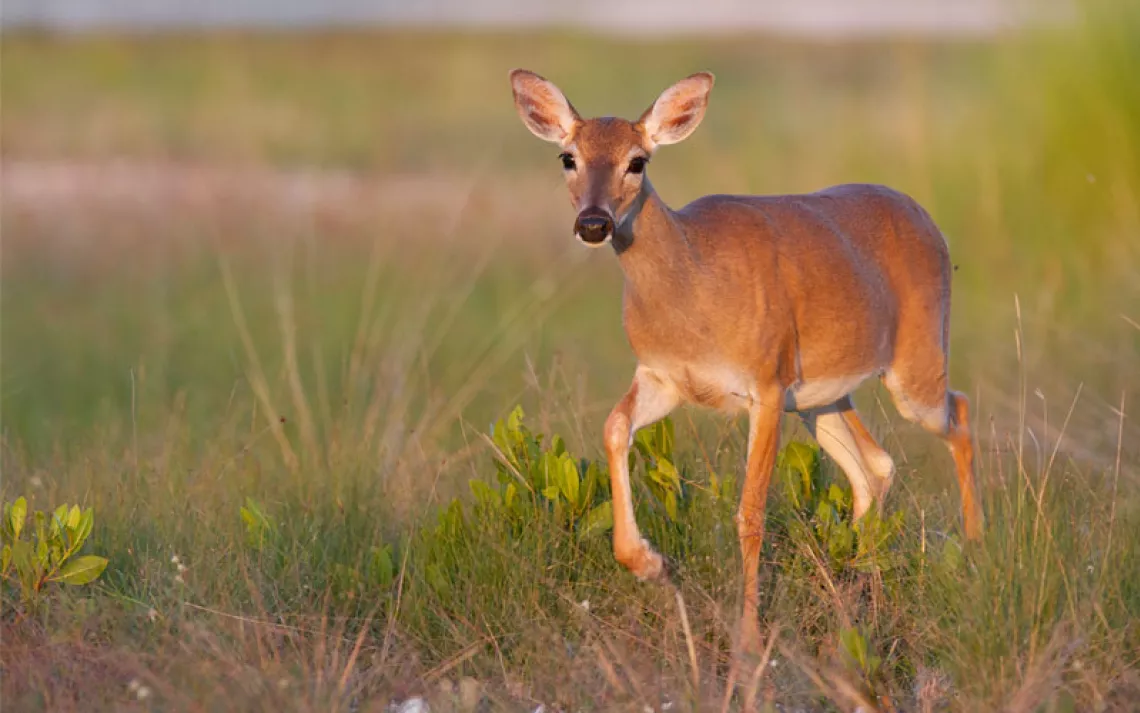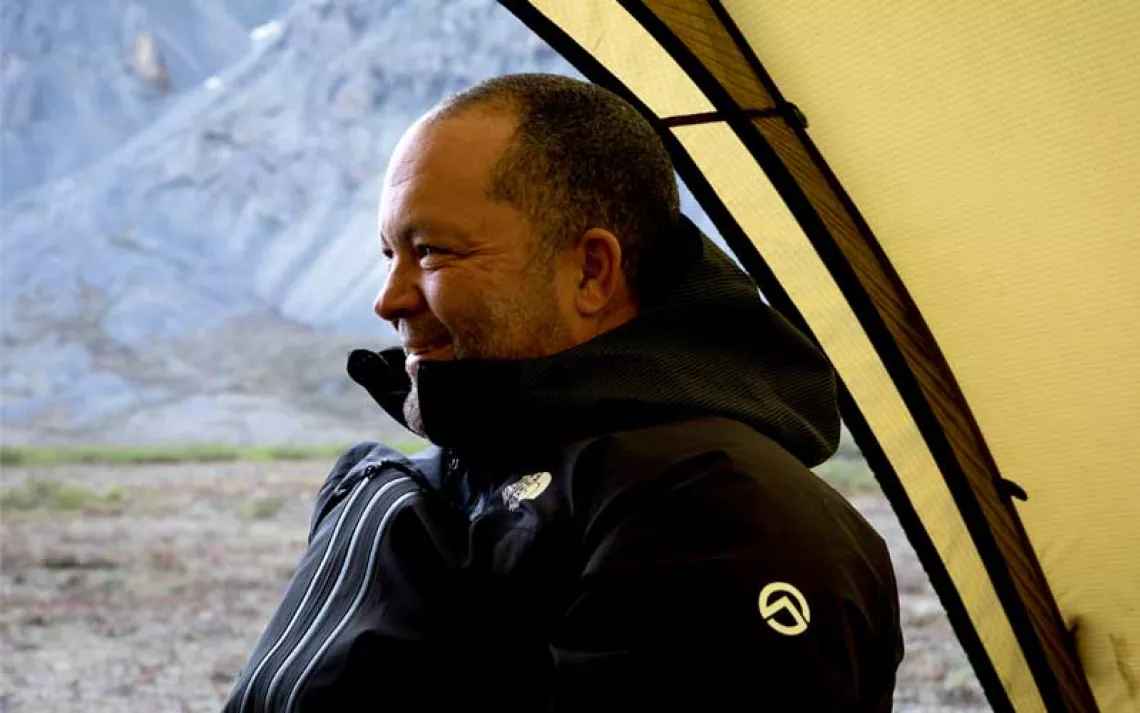3 New National Monuments You Should Visit
A list of off-the-beaten-path wild places

A sunset over Castle Mountains National Monument | Photo by David Lamfrom/California Desert and Wildlife Programs
Twenty-four national monuments have been established in the past eight years of the Obama administration. The president has designated over 553 million acres of protected lands reflecting a diversity of places and people. The newest landmarks include sprawling desert, a park in New York City, and islands off the Pacific coast. To celebrate the protected areas, we’ve gathered a list of three off-the-beaten-path national monuments worth a visit.
Castle Mountains National Monument, California
This newly established monument is about two hours away from Las Vegas but maintains a ruggedness that conservationists are sure to love. The mountains, which are best reached via the Walking Box Ranch Road, are a paradise for backcountry camping enthusiasts, according to David Lamfrom, California desert director for the National Parks Conservation Association. The diversity is astounding—you can see Joshua trees, banana yucca, Mojave yucca, grasses, and beautiful flowers. Desert tortoises and multiple herds of bighorn sheep also reside in the mountains. Plus, the remote location makes for excellent stargazing. And don’t forget to bring your camera. “It’s great for photography because it’s basically a plateau that’s also a grassland and surrounded on all sides by huge mountains,” Lamfrom says. “The viewscape is really iconic.”

Sign up to receive Sierra News & Views
Get articles like this one sent directly to your inbox weekly.
With this action you affirm you want to receive Sierra Club communications and may vote on policy designated by the Sierra Club Board.
Tule Springs Fossil Beds, Nevada
This 22,650-acre national monument plays an important role in the exciting world of paleontology. The site was home to the famous “Big Dig” project that uncovered thousands of Ice Age mammals in the 1960s. “Get ready for desert scenery,” says Joshua Bond, native Nevadan and professor at UNLV. Jackrabbits, foxes, and ground nesting owls can be found in the desertscape. Although there aren’t any trailheads, you can go hiking on the washes. If you’re lucky, you might even spot a fossil or two. The park encourages you not to take them home.
Katahdin Woods and Waters, Maine
“This landscape influenced the birth of America’s conservation movement through Henry David Thoreau and Theodore Roosevelt,” said Lucas St. Clair in an interview with Arcadia on My Mind. St. Clair is the son of Roxanne Quimby, the wealthy cofounder of Burt’s Bees. She donated the land to the federal government while St. Clair spearheaded the movement to make all 87,500 acres of the northern Maine forest a national monument. First-time visitors should check out the 20-mile loop road that offers stunning views of Mount Katahdin and the Wassataquoik Valley. Tim Hudson, superintendent of the park, explained that the national monument is free of paved roads and electricity. He says visitors rely on old logging roads. In the winter, the east branch of the Penobscot River is open to snowmobiles, and cross-country skiing is available in the north entrance. In the summertime, Hudson recommends another area of the park. “The hike up Mount Barnard is the most popular walk,” he says. “You can see Lake Katahdin and the mountains at the same time.”
 The Magazine of The Sierra Club
The Magazine of The Sierra Club



